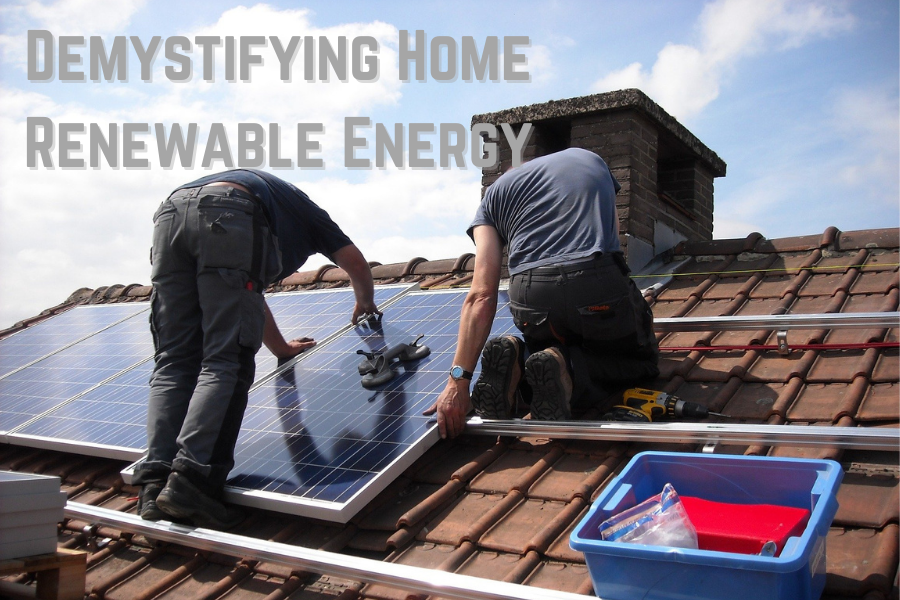After the IPCC report in August 2021, it’s now considered a fact that human intervention has caused our world to increase in temperature. If we don’t act now, for example through the use of renewable energy at home, it’s game over for life as we know it. There are many reasons and industries that are culpable for this increase, but the main problems have been identified as (but not limited to) burning fossil fuels for energy, mass deforestation and extreme overfishing.
Global Warming
Global warming currently sits at just over a 1-degree increase, right now, the trajectory is set to rise beyond 1.5 degrees. Science agrees that if we can keep to 1.5 degrees or less, we can swerve the worst of the damage.
And if temperatures rise by 2 degrees?
Massive ice sheets will continue to melt, causing sea levels to rise to the point where entire coastal regions will be lost.
Extreme heatwaves and drought will mean crop failure and famine.
Freshwater sources will be far more scarce and degenerated soil health will stop new plants from growing, in turn destroying the biodiversity that relies upon them. With insect populations plummeting, we’ll see whole ecosystems collapse and along with it, humans.
Right now, we’re facing the biggest challenge of our (or indeed our ancestors’) lifetime.
Individual action is essential, but much as eating less meat or buying more environmentally sound products is great, but we need to think much bigger.
We either blindly hope for a miracle or we actively reduce the damage and work towards regeneration. Bringing back balance between human consumption and the earth’s needs is vital and energy is a key piece of our jigsaw.
Carbon Dioxide
A key factor of global warming is greenhouse gases, in particular carbon dioxide (CO2) that are trapped within the earth’s atmosphere.
Although CO2 is actually needed for the Earths ecosystem to stop it from freezing, as well as for plants to grow and the photosynthesis process, we’ve added far, far too much of it. Like billions of tons far too much… and we’re still adding. 30 billion tons of carbon is generated each year.
Fossil fuel extraction (gas, oil and coal) and burning them is one thing.
But by removing rainforests to grow things like palm oil for our products and food, as well as to rear cattle has essentially taken the main tool for absorbing that carbon away.
And by churning the carbon-rich soil of the rainforest floors, we’ve actually released yet more carbon and destroyed fertile soils.
These particles of carbon are trapped between the ozone layer and the earth’s surface, essentially acting like a blanket of pollution that also traps heat. In the last 800 thousand years, the highest ppm (particles per million) level was recorded at 300ppm. In late 2020, CO2ppm was 415
The truth is, we have no idea whether we have already passed the tipping point.
BUT… if we can help ourselves, science says we must bring ppm levels back down to 350 in order to save ourselves and future generations.
How Can Changing My Home Heating Help?
In the UK, housing is a big issue for our carbon emissions because many properties have old inefficient systems for heating and poor insulation.
On average, a British home will generate about 6 tons of carbon every year, with over 60% coming from home heating.
Getting things like proper insulation, double glazing and smart heating technology will really help you to reduce your carbon footprint and save money.
One sure way to be more green is to get your electricity and gas from a sustainable supplier, who get their energy from things like solar, tidal and wind power. In the UK we have an abundance of wind, which enables us to generate a large proportion of our energy from renewable sources.
Since new build homes are all set to meet net-zero criteria, the large problem is the existing builds and if you’re considering an extension or refurbishing your house, you’d be wise to install renewable energy technology. If you’re able to take advantage of government schemes like the Renewable Heat Incentive, you could be looking at savings of up to 68% as well as becoming much more environmentally friendly.
What’s Renewable Energy?
Renewable energy just means to generate electricity, gas and power from sources that are infinite and already existing on our planet. They don’t contribute to pollution like fossil fuels and they’re much easier to get hold of.
Because things like the sun, the wind and the earth will always be here, generations to come can benefit from the energy they produce without causing anywhere near as much harm as traditional methods.
What are renewable energy sources?
Renewable sources are wide and varied and we continue to harness energy from many of earth’s natural sources. Right now, we rely upon energy from these renewable energy sources.
Biomass Energy
Burning organic matter or putrefying it through decomposition produces heat and gas alike. This resulting energy is known as biomass. The organic matter could include anything that is surplus but comes from a natural source, including food waste, wood or manure.
Ocean
The movement of tides is another clean way to produce energy and here in the UK, we have one of the largest marine energy source centres across the globe, accounting for nearly half of the tidal energy capacity in Europe.
Solar power
Solar energy is directly sourced from the heat and light of our sun and the warmer the country, the more energy we can get.
Most of us have seen solar panels on the roofs of houses and buildings, which are an effective and clean way of capturing energy. As time has gone by, solar panels have become so efficient, they’re able to power entire cities in sunny climates and you can even store the excess electricity in batteries or sell it back to the national grid for a return on your investment.
Another type of panel you might not be familiar with is solar thermal panels. Where solar PV panels collect and produce electricity, solar thermal is used for heating water which is then transferred to a storage tank within the home for use later.
Geothermal Energy
The earth itself contains heat deep within its core and by carefully drilling towards the crust, heat can be released and channelled upwards towards the surface.
We see this naturally occurring in volcanos and thermal waters found across the whole world from the UK to New Zealand.
Wind power
As aforementioned, wind is the UK’s primary source of renewable energy. We have plenty of onshore and offshore wind farms that the government hopes will provide power for every home in Britain by 2030.
Hydrogen
Energy from hydrogen is essential a chemical reaction between the element hydrogen and another substance, such as oxygen, biomass or water.
The energy created is clean because you only have water vapour left.
Hydro
Rivers, waterfalls and even streams are also a source of renewable energy, and by manipulating that flow of water, you can power up batteries connected to generators by pushing water through water windmills.
Renewable Energy Technology for the Home
So you might be wondering how you can bring these amazing natural resources into your home.
Luckily, thanks to technology that’s been developed over a millennium alongside the most modern of adaptations, we have a huge choice of options to make our homes sustainable.
Because there are so many different types of home in the UK, the technology that’s right for you will often be bespoke to your needs. Sometimes a combination of different equipment is needed to produce enough energy all year round because different seasons provide different resources.
For instance, if you have a south-facing roof, it’s likely that Solar PV Panels will be your best bet and you may even make an income to recoup your investment by selling power you don’t use back to the national grid. That said, during winter, you may have to use energy from a different source.
Other homes might wish to invest in a biomass boiler, which essentially replaces traditional gas boilers. These log boilers are usually kept in the basement or an outhouse and work with wood pellets being automatically fed into them to burn for energy.
Many people love a wood-burning stove as a modern take on the traditional fireplace. They’re not only super-efficient but aesthetically very pleasing as well as keeping your home beautifully warm.
A very clever piece of technology that’s more modern and extremely popular is the air source heat pump. A unit that’s around the size of two side by side dishwashers is put outside of the home and help to convert cold air into warm air, which is then used for heating.
Using heat stored within the earth, a ground source heat pump brings energy for hot water up into radiators and underfloor heating systems keeping the home nice and cosy.
Once installed, you continue to use your electricity in much the same way as before. There is as much control as before but you will have increased your home’s value as well as saved money on energy bills and even made a profit.
Is renewable energy cheaper?
The installation is the lions share of the cost of renewable energy and a lack of government investment in training means there is a shortage of qualified engineers.
That said, most renewable energy technologies are very low maintenance, last a much longer time than their traditional counterparts increase the value of your home.
Right now, the government are extremely keen to transform their emissions and transform the way British homes use energy. For that reason, there are real longer term incentives for those willing to pay upfront.
For instance, the Renewable Heat Incentive pays instalments for up to 7 years for those generating clean energy in their home. The feedback tariff is a scheme that ensures the big energy companies buy back electricity from those with solar panels.
The Race to Get to Net Zero
Because of the UK hosting the upcoming COP26 the government is keen to be seen as a leader in the race to net zero. The renewables industry is the fastest growing industry across the globe and there is much to be gained by being among the first to convert.
By becoming green, Britain is seen as a hugely investible country, which in turn benefits the entire economy. Investments into wind and decarbonisation of our education, healthcare and public sectors mean we rank 5th most attractive for worldwide investors.
Much as these are hugely positive steps, we are not out of the woods by a long shot. We are still seeing higher investment into fossil fuels and carbon emissions are still rising.
Fossil fuels are on their way out with prices expected to increase for all homes continuing to use traditional methods, whilst green energy becomes more and more affordable.
The question is, would you change? If not, why not?





